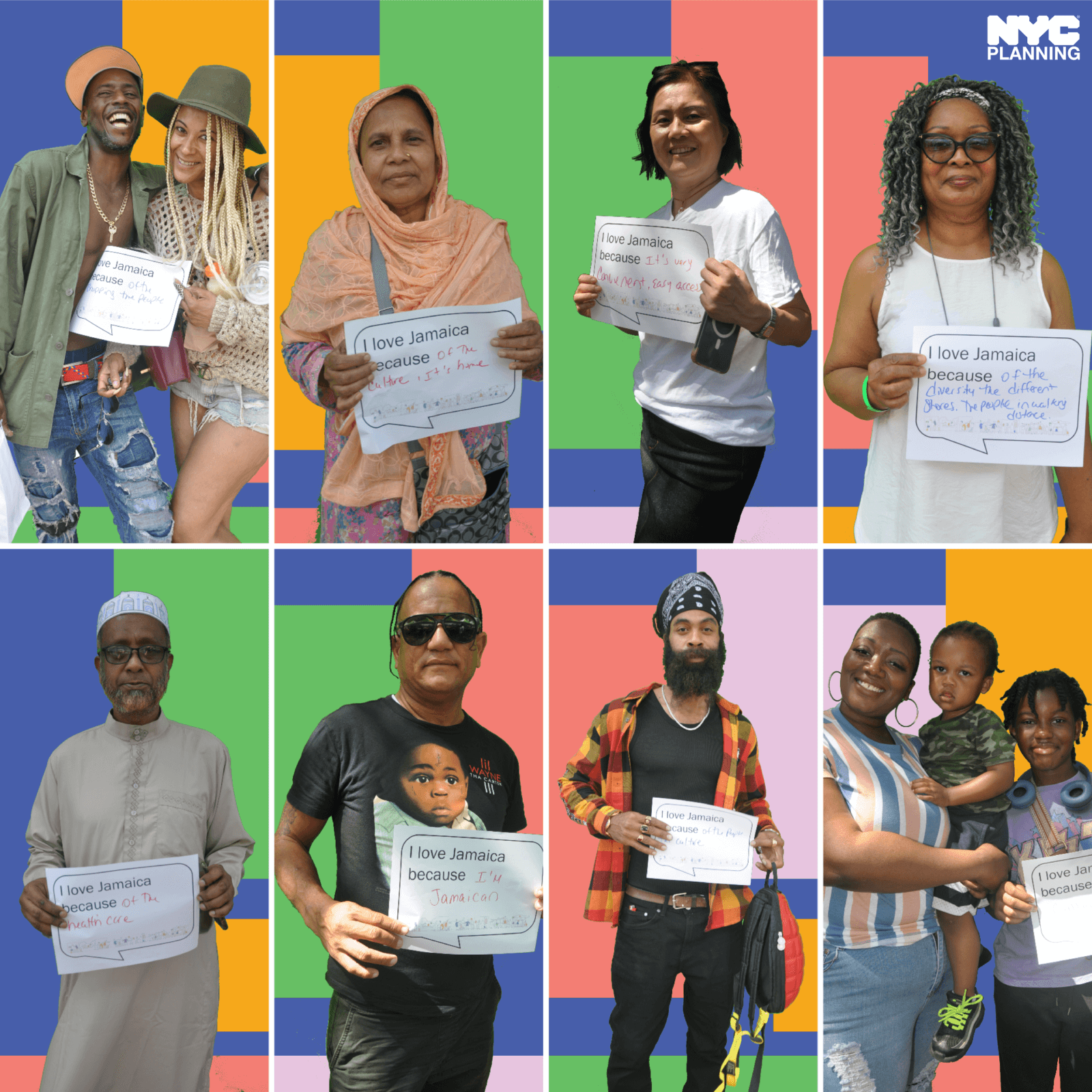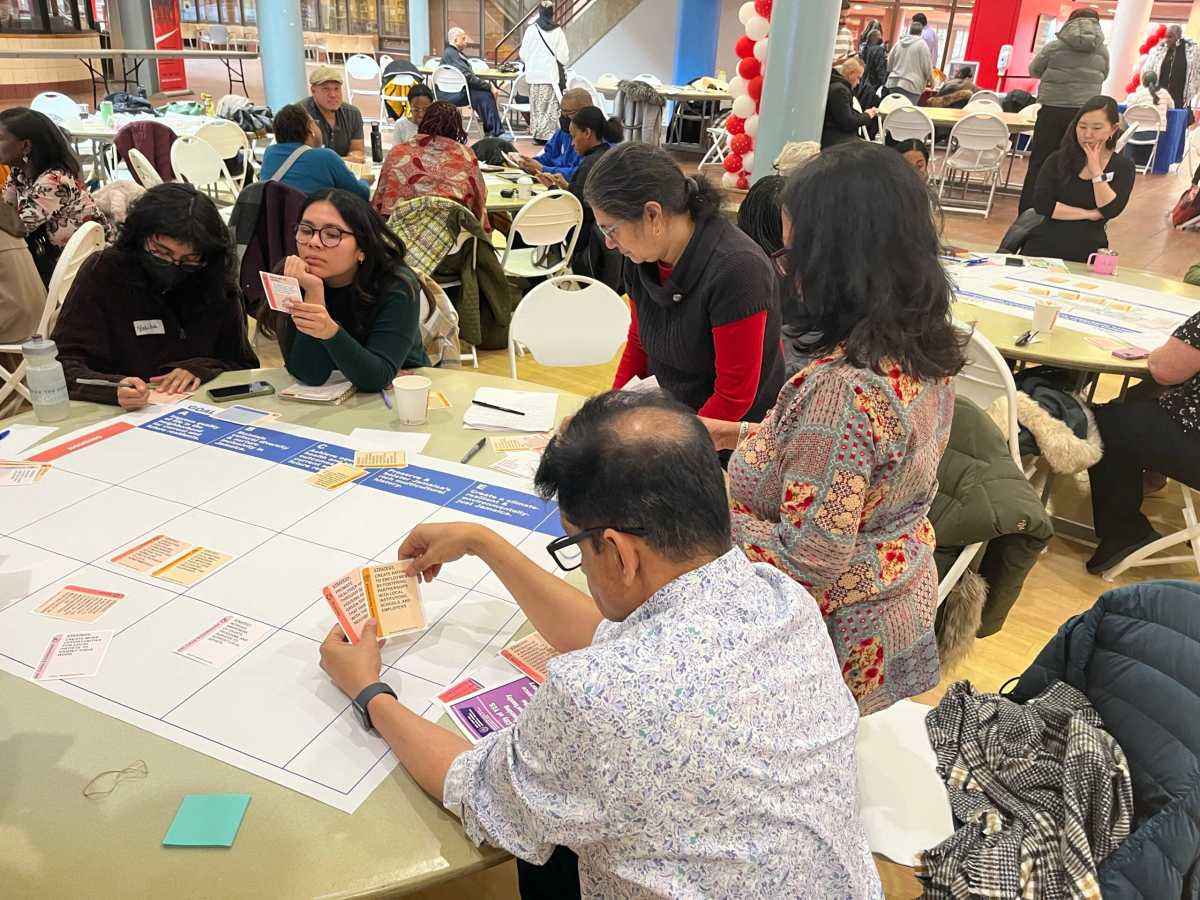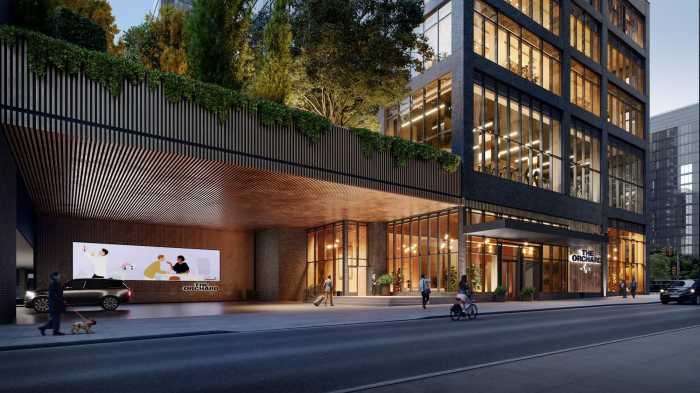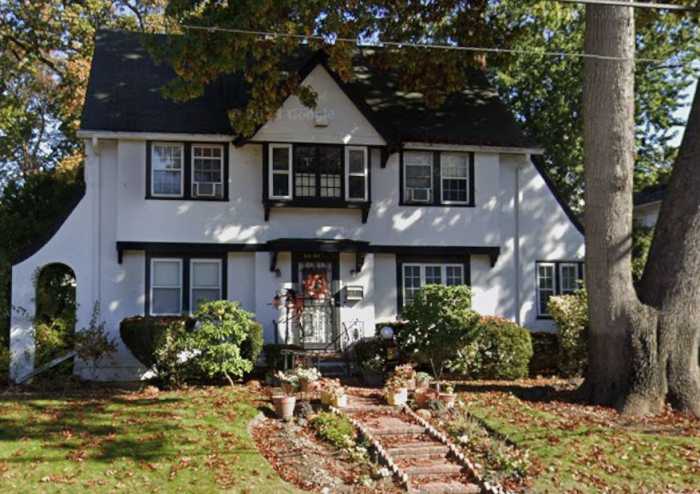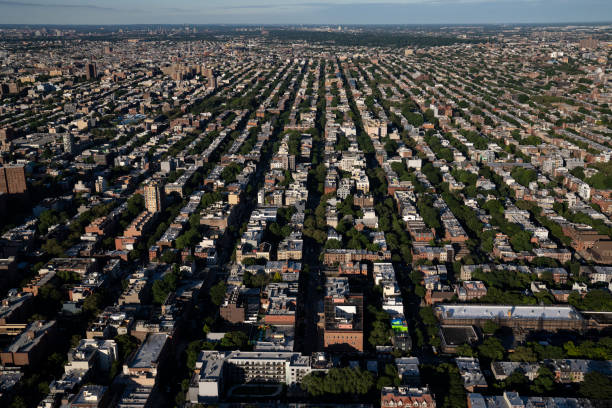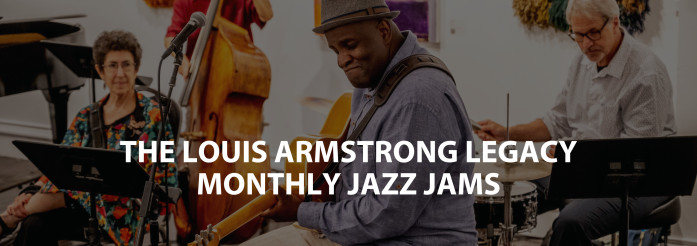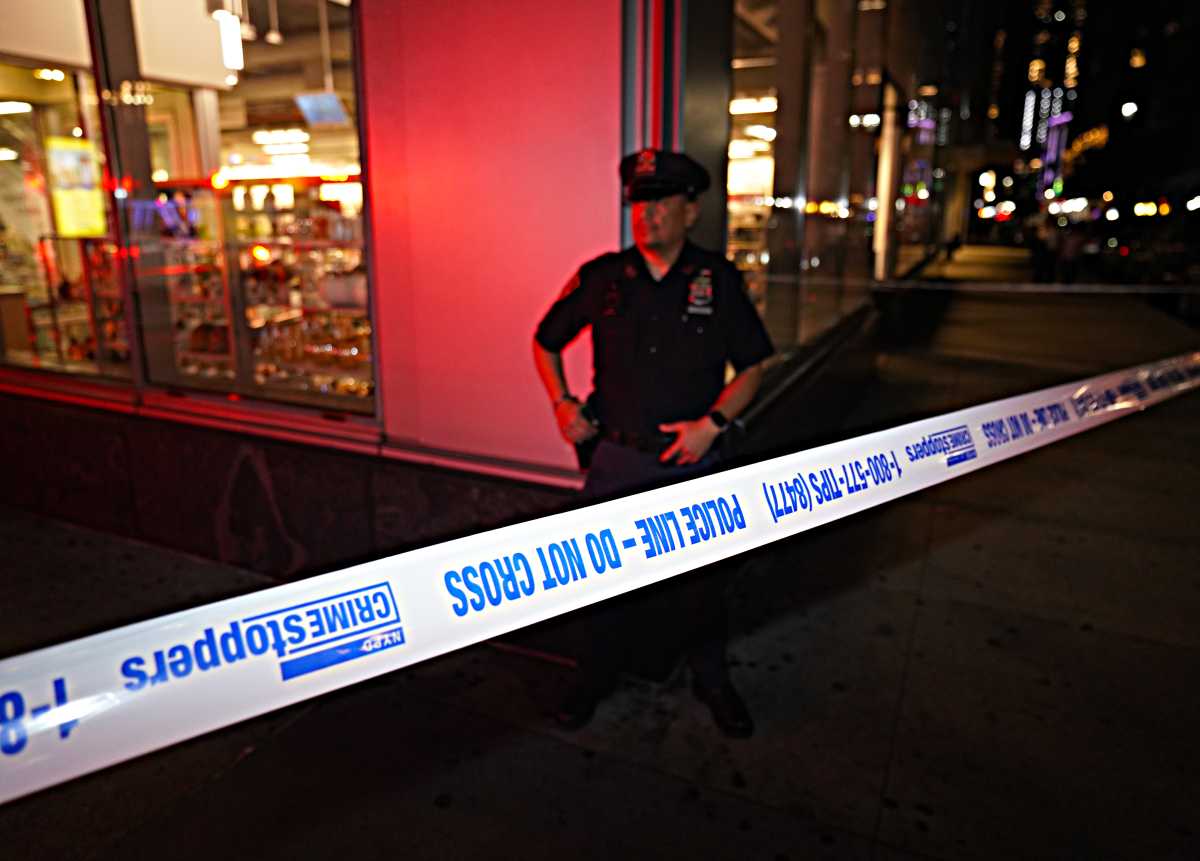Southeast Queens residents got their first look at the draft zoning framework for the much-anticipated Jamaica Neighborhood Plan, which was presented by the Department of City Planning (DCP) during a working group summit at York College on Saturday.
The draft framework builds on feedback from thousands of New Yorkers over six months and responds to critical neighborhood challenges by laying out a blueprint for housing and economic growth, as well as enhanced transit access, public space and infrastructure.
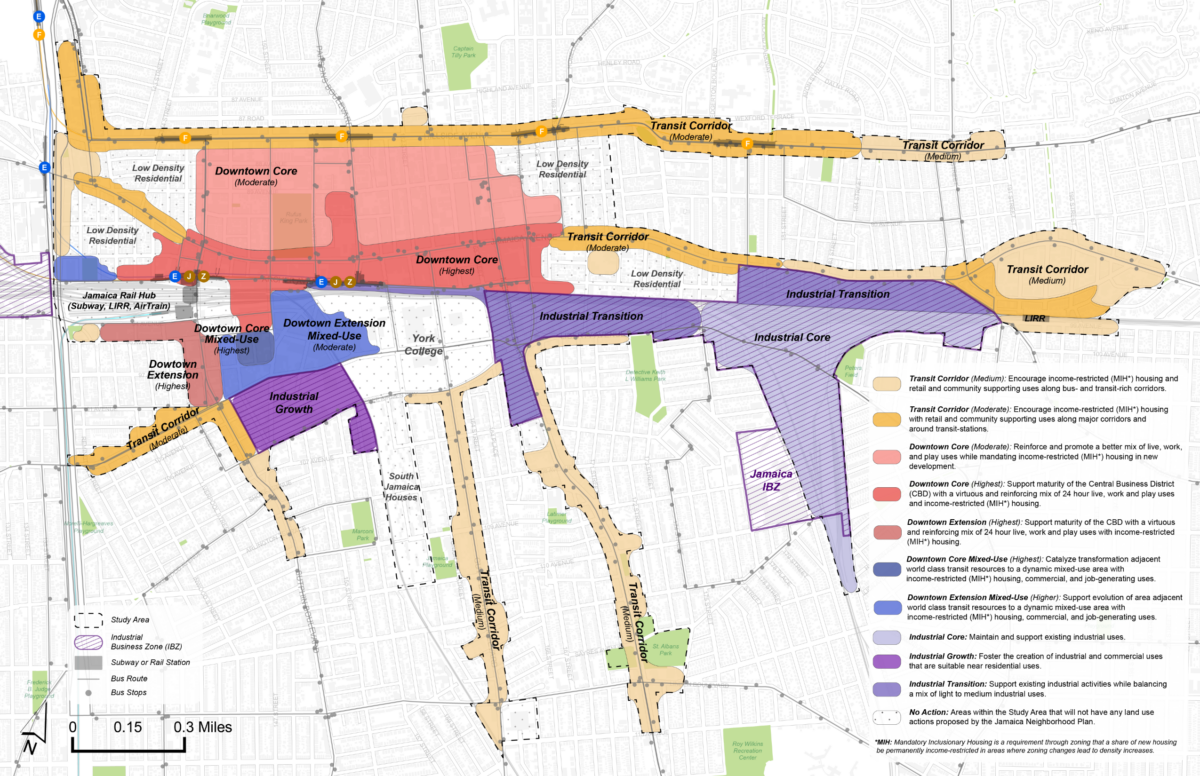
“We are developing a vision for a thriving Jamaica that delivers not only housing for current and future residents, but also greater economic opportunities,” DCP Director Dan Garodnick said. “The Jamaica community surrounds one of the country’s most important transit hubs, and deserves a neighborhood plan that meets resident needs, unlocks key city investments, and promotes an affordable, prosperous and inclusive future.”
The draft zoning framework covers more than 300 blocks and is organized into study areas focusing on Downtown Core, Downtown Extension, Transit Corridors, as well as Industrial Core, Transition, and Growth areas. The draft document provides the community with additional opportunity to provide input before DCP introduces a formal rezoning proposal in the coming months.
“Community-led planning efforts that prioritize the improvement and vibrancy of Jamaica are critical to the future of Southeast Queens and our city,” Speaker Adrienne Adams said. “The draft zoning framework for the Jamaica Neighborhood Plan marks a crucial step in the collaborative planning process to advance affordable housing, economic opportunity, infrastructure and public space upgrades, increased access to transit, and resiliency investments.”
The draft zoning framework was based on input from thousands of New Yorkers, including 1,128 people who responded to DCP’s online survey launched in July.
“The record-breaking amount of input provided by community leaders and residents to shape the vision for this draft framework is a testament to the community’s desire to actively determine the improvements needed for Jamaica. I am inspired by the community’s engagement in this process thus far, and encourage continued participation,” Adams said.
Council Member Nantasha Williams, Queens Borough President Donovan Richards and DCP also held four in-person workshops, gathering input from 461 participants over the course of five months. Williams and DCP also convened a steering committee including local elected officials, civic, business, and faith leaders for direction and feedback on the proposed framework.
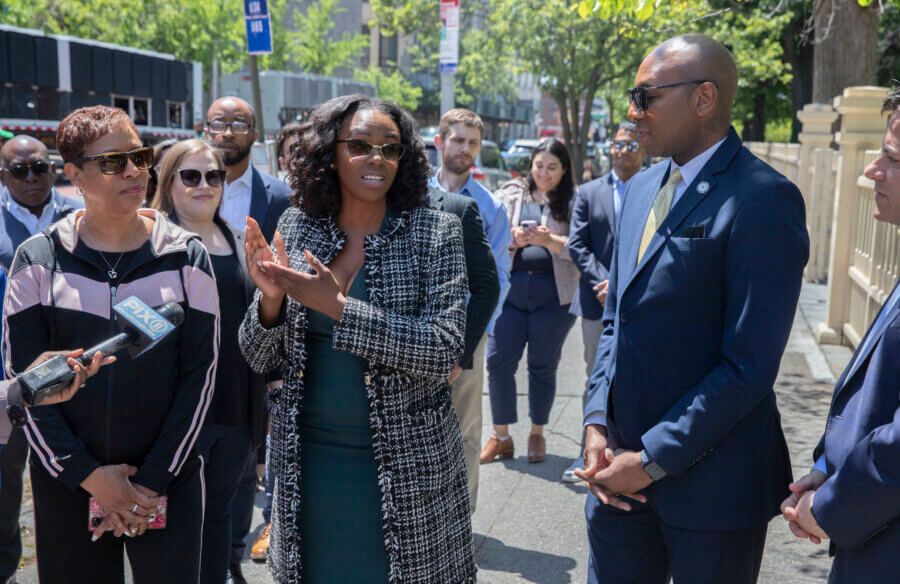
“Our office has done tremendous work with DCP, Borough President Richards, Senator Comrie, Speaker Adams and the other elected officials in the area to make sure stakeholders feel their voice is being heard in every step of this process,” Williams said. “This zoning framework allows DCP to begin the environmental review process into how much our community can grow in the future and what the needs will be. We look forward to discussing the findings of the environmental review with the community soon.”
The framework establishes Mandatory Inclusionary Housing (MIH) as a key element of the roadmap. In the Downtown Core, it would establish MIH to create permanently affordable income-restricted housing and position the heart of the Central Business District as a mixed-use neighborhood. Further north, south, and east of the Jamaica Rail Hub, the “Moderate” Downtown Core areas would establish MIH and encourage mixed uses on north-south corridors while supporting connections to transit.
On transit corridors along Hillside Avenue, eastern Jamaica Avenue, and southern corridors, the framework would support affordable housing at contextual scales, support faith-based organization partners, encourage pedestrian safety and transit access, and encourage locally-serving retail.
In industrial areas, the framework would affirm the position of the Jamaica Industrial Business Zone (IBZ) for job growth and critical services, while supporting new employment opportunities and harmonious growth with nearby downtown areas.
“There are few neighborhoods in New York City that can offer the same level of vibrancy, economic activity, transportation, culture, diversity and potential as Jamaica. Everyone who either lives here, works here or plays here knows the limitless potential of this community — potentially the Jamaica Neighborhood Plan is in the early stages of unlocking,” Richards said. “This draft zoning framework puts to paper what hundreds of Jamaica residents have called for during our series of community-centric workshops.”
DCP will continue to share the framework and gather feedback from Southeast Queens residents through the winter and spring, before releasing a “draft scope of work” to begin environmental review for a rezoning proposal in the coming months.
“More affordable housing, more jobs, more public space and better transit,” Richards said. “There are still many more conversations to be had with our neighbors to fine tune this plan, however, and I look forward to working with our city and community partners alike to do just that over the next few months.”
